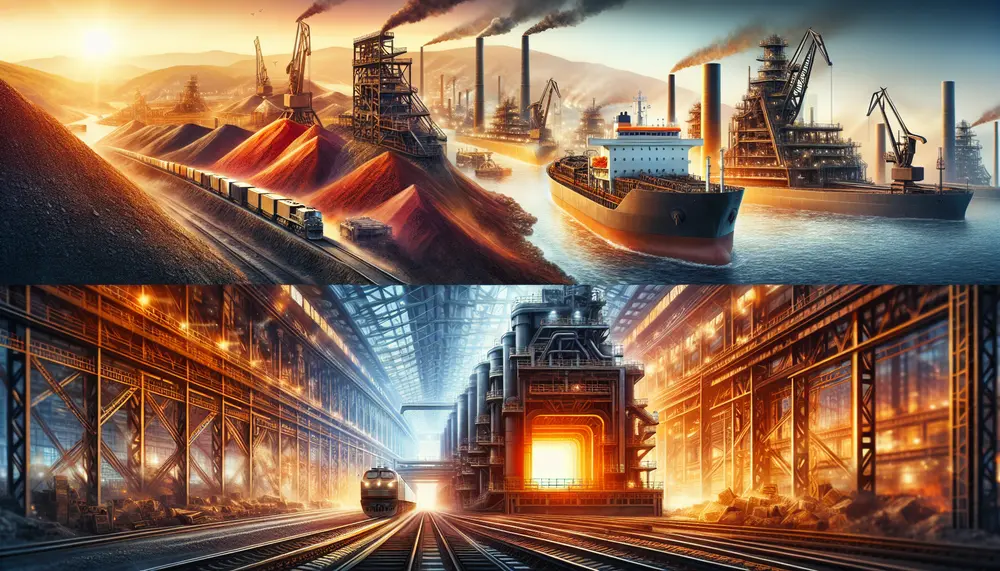Microstructure
Microstructure
Was ist die Mikrostruktur von Stahl?
Die Mikrostruktur beschreibt die innere Anordnung der Atome und Moleküle eines Materials. Sie spielt eine entscheidende Rolle für das Verhalten und die Eigenschaften des Stahls. Dazu zählen Härte, Elastizität, Zugfestigkeit und Korrosionsbeständigkeit.
Warum ist die Mikrostruktur wichtig?
Die Mikrostruktur bestimmt, wie sich Stahl unter verschiedenen Bedingungen verhält. Kleine Änderungen in der Mikrostruktur können große Auswirkungen auf das Verhalten des Stahls haben. Zum Beispiel kann eine feinere Mikrostruktur einen härteren und stärkeren Stahl ergeben. Umgekehrt kann eine grobere Mikrostruktur einen weniger harten aber flexibleren Stahl erzeugen.
Wie beeinflussen wir die Mikrostruktur?
Die Mikrostruktur kann durch viele Faktoren beeinflusst werden. Dazu zählt die Wahl des Ausgangsmaterials, die Hitzebehandlung, die Abkühlrate und die mechanische Bearbeitung. Durch diese Prozesse kann die Mikrostruktur gezielt verändert werden, um Stahl mit den gewünschten Eigenschaften herzustellen.
Die Rolle der Mikrostruktur beim Stahlhandel
Im Stahlhandel ist die Kenntnis der Mikrostruktur wichtig, um die Qualität und Eignung eines Stahls für eine bestimmte Anwendung zu beurteilen. Denn die Mikrostruktur bietet Hinweise auf die mechanischen Eigenschaften des Stahls. Daher wird oft eine Mikrostruktur-Analyse durchgeführt, um sicherzustellen, dass der Stahl den Anforderungen entspricht.
Blog Posts with the term: Microstructure
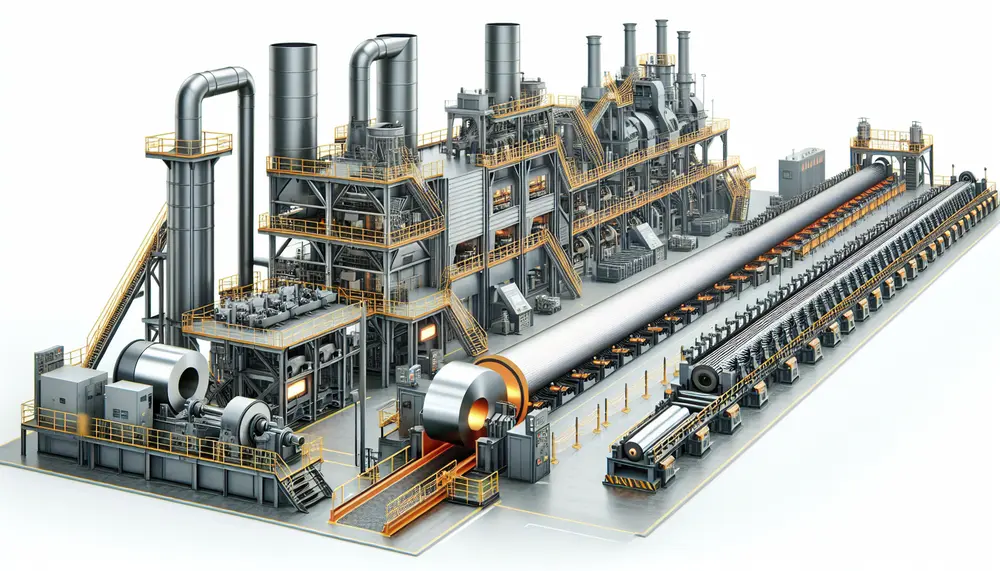
Steel manufacturing is a complex process that transforms iron ore into steel, involving precise heating and mixing to create different grades for various applications. The journey includes primary methods like Basic Oxygen Steelmaking (BOS) and Electric Arc Furnace (EAF), followed...
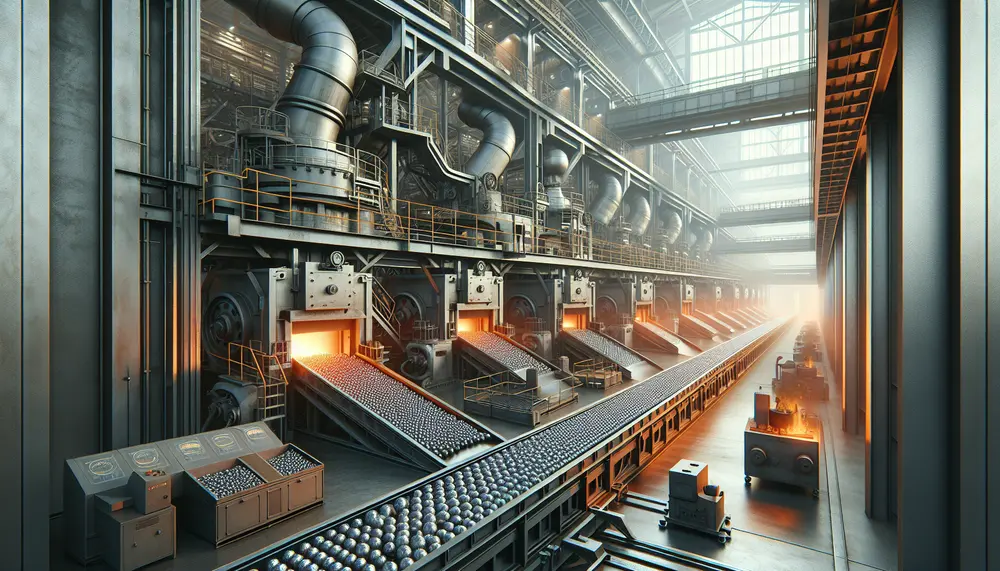
The manufacturing of steel balls is a complex process involving precise steps to produce high-quality products for various applications. It starts with selecting the right raw materials and includes forging, flashing, heat treating, grinding, lapping, and rigorous inspections to ensure...
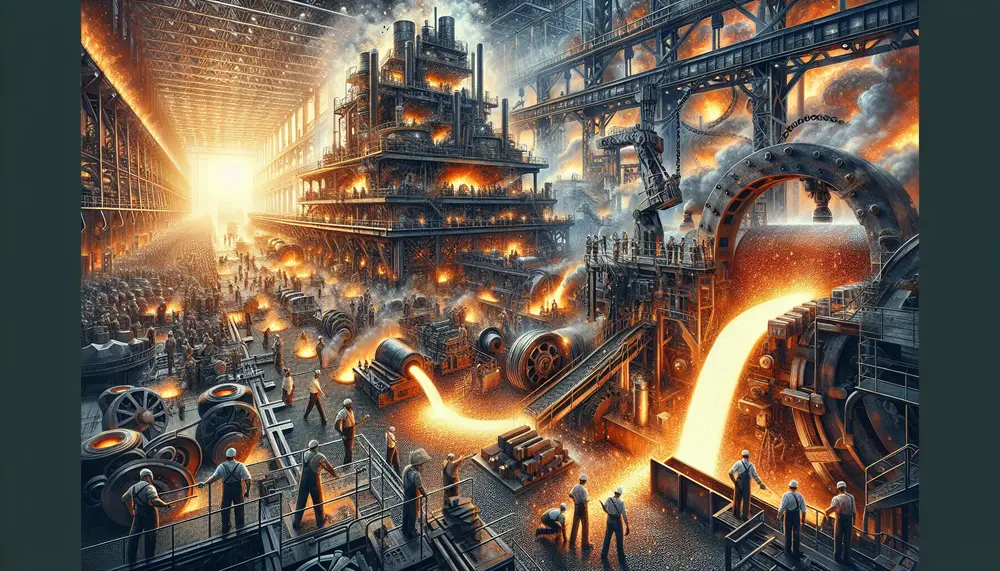
Steel making involves complex chemical reactions to transform raw materials into high-quality steel, primarily through oxidation and reduction processes. Oxygen plays a crucial role in oxidizing impurities like carbon, silicon, manganese, and phosphorus, which are then removed as gases or...
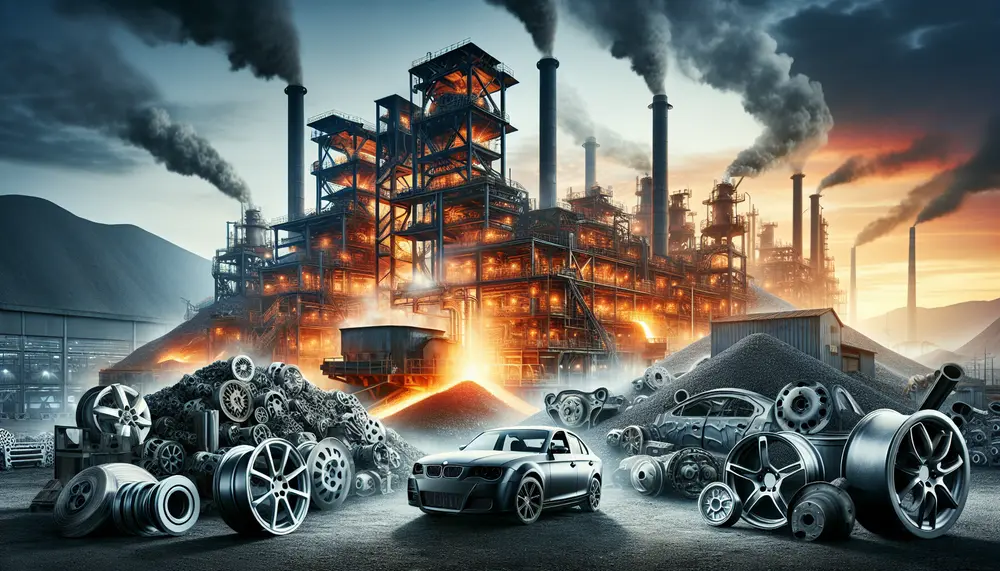
Steel production for vehicles involves transforming iron ore into various steel grades with specific properties, balancing strength and formability. Innovations in manufacturing techniques ensure high-quality steel that meets automotive industry standards. The journey of steel from raw material to vehicle component...
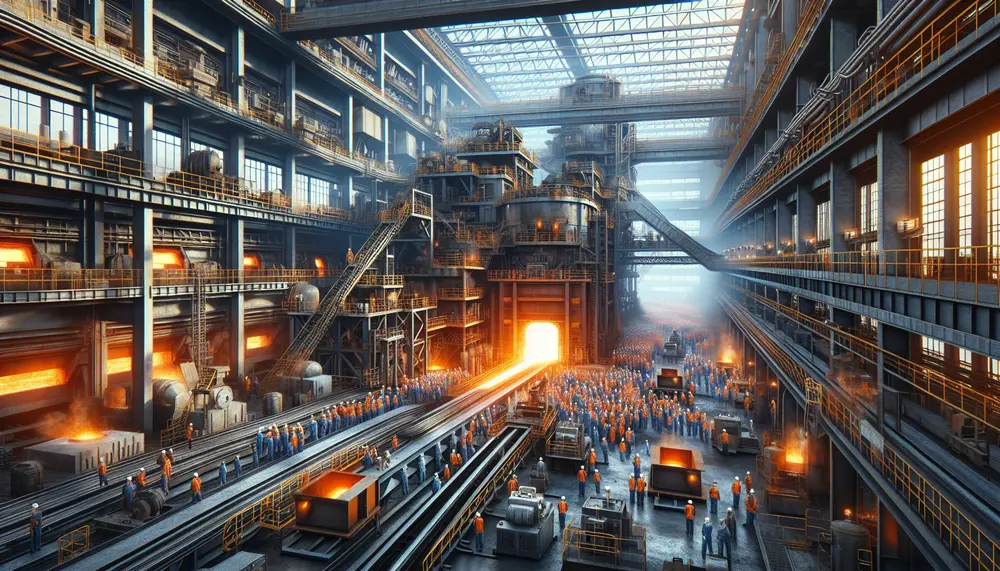
The article provides a detailed overview of the steelmaking process, starting from raw material extraction to final product creation. It emphasizes the importance of understanding each stage and the key materials involved—iron ore, coal, limestone, and scrap metal—to produce high-quality...
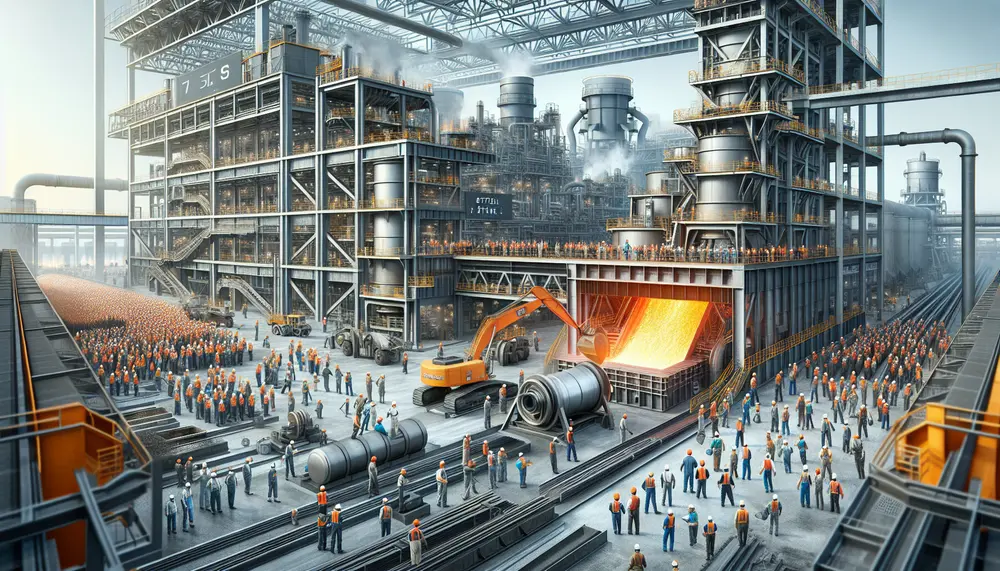
The article explains the steel production process using a detailed steelmaking diagram, which visually breaks down each step from raw material preparation to finishing processes. It covers two main methods of steelmaking—Basic Oxygen Steelmaking (BOS) and Electric Arc Furnace (EAF)—and...
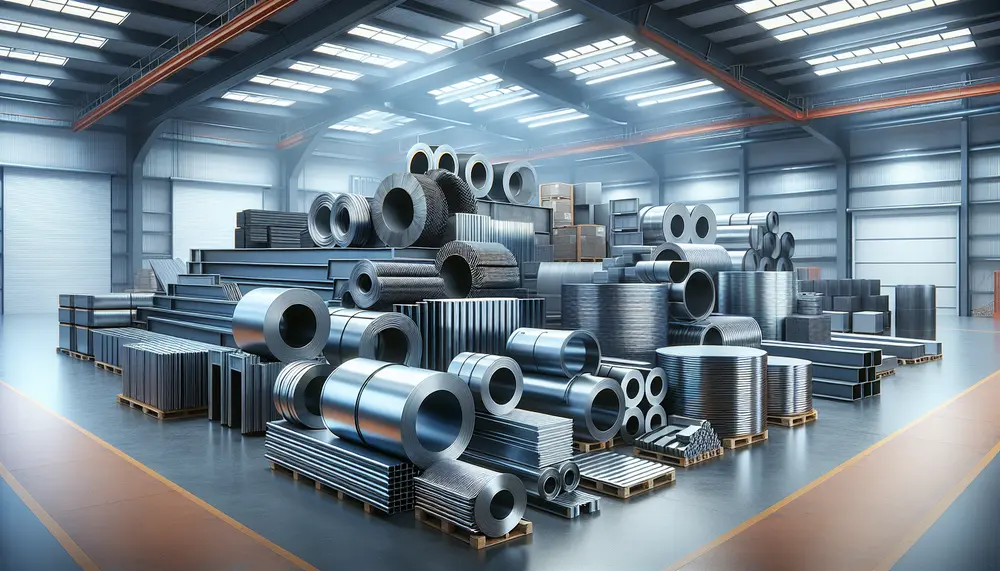
Steel is an iron-carbon alloy with varying carbon content that determines its hardness, ductility, and tensile strength; other elements like chromium can be added to enhance specific properties such as corrosion resistance. Steel products are categorized into four main types:...
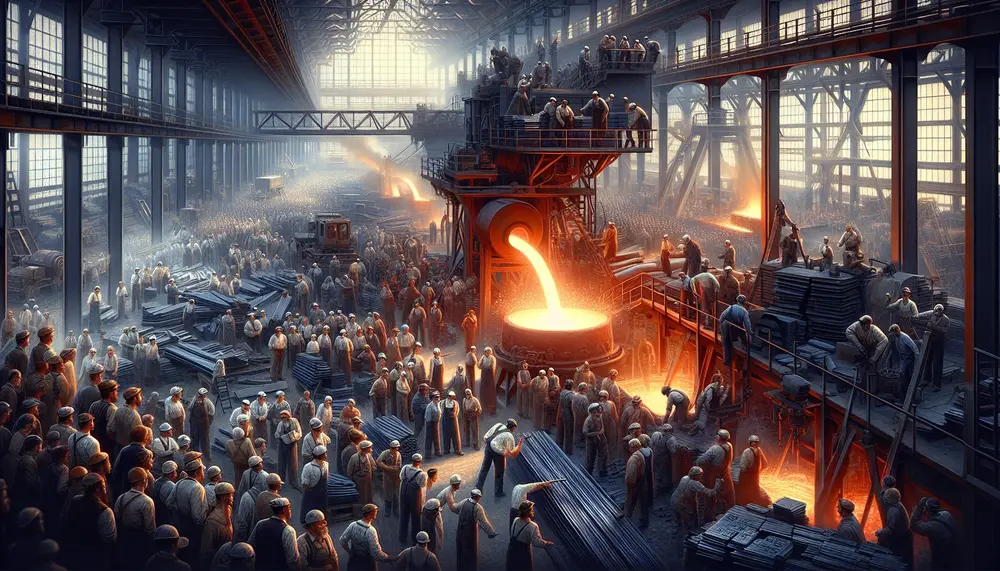
Steel making transforms iron ore into steel using blast furnaces or electric arc furnaces, involving processes like smelting and carbon adjustment to achieve desired properties. The production includes primary methods like Basic Oxygen Steelmaking and Electric Arc Furnace, followed by...
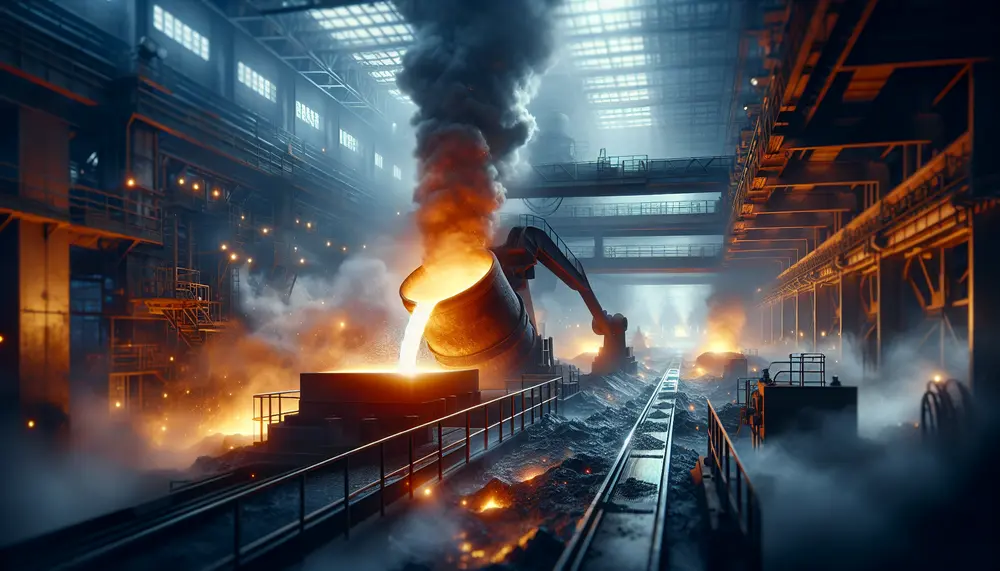
Secondary steelmaking refines and adjusts the composition of steel to meet specific standards, involving processes like deoxidation, desulfurization, decarburization, alloying, and degassing. It is crucial for producing high-quality steel with desired properties such as strength and corrosion resistance. The role of...
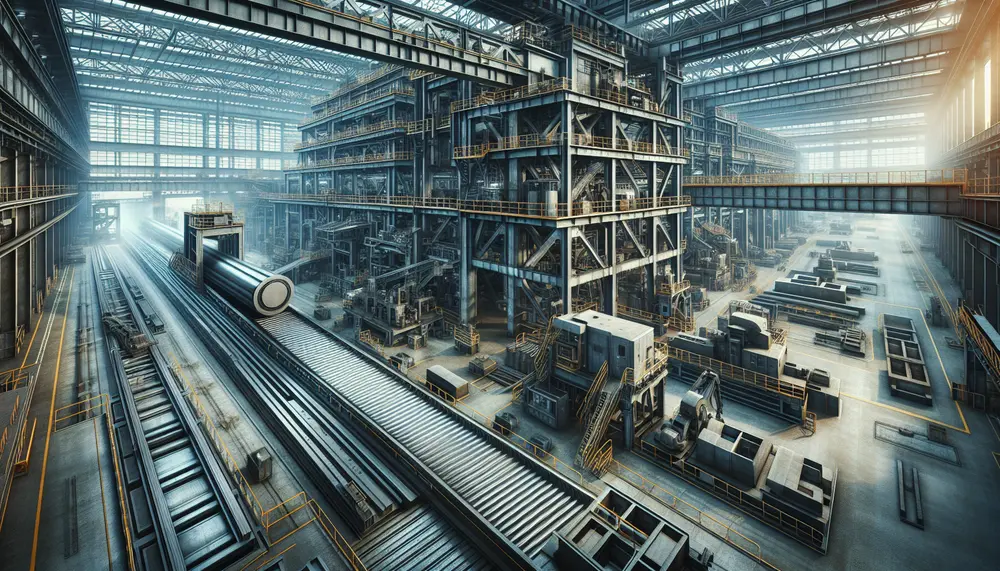
Steel manufacturing is a complex, multi-stage process that transforms raw materials into the durable metal essential for modern infrastructure. It begins with extracting iron ore and progresses through various phases including blast furnace operation and primary steelmaking methods like Basic...
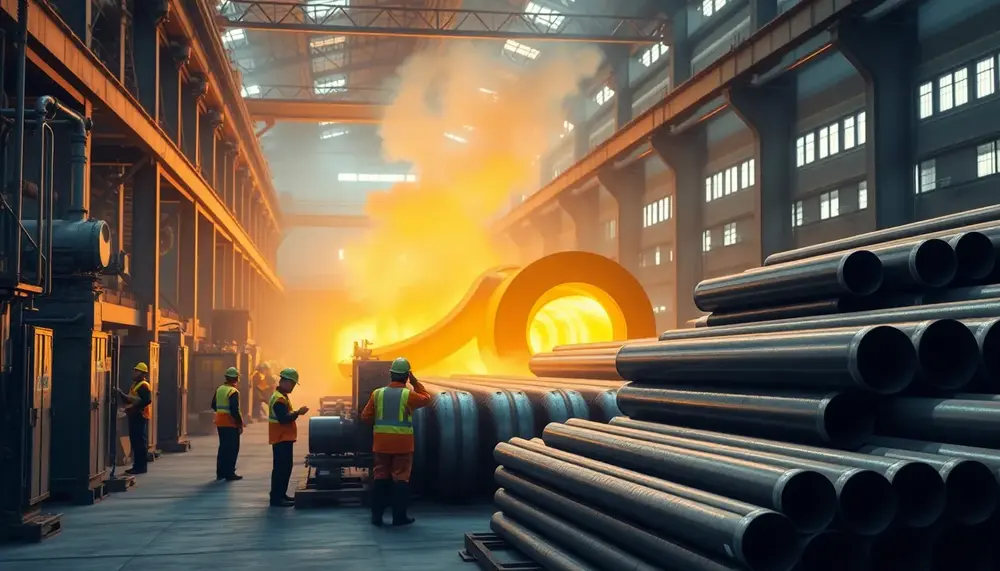
Steel tube manufacturing is essential for industries like construction, energy, and transportation, offering seamless tubes for strength and welded ones for cost-efficiency. The processes involve precise engineering to ensure durability, versatility, and performance tailored to specific applications....
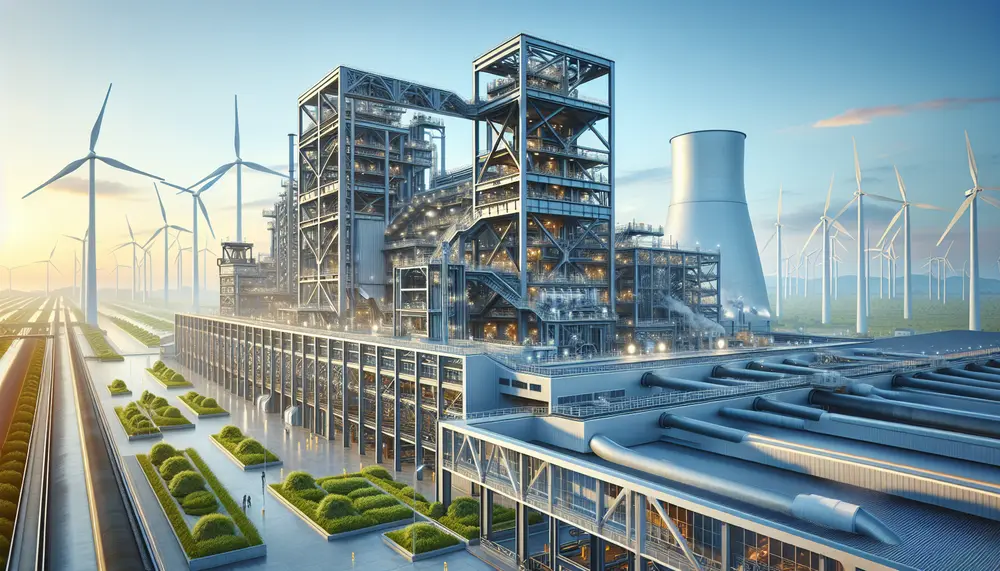
Steelmaking without coal, utilizing electricity and hydrogen from renewable sources, offers a sustainable alternative to traditional methods by reducing carbon emissions. The shift towards green steel production is driven by innovations like electric arc furnaces and low-carbon materials, with industry...
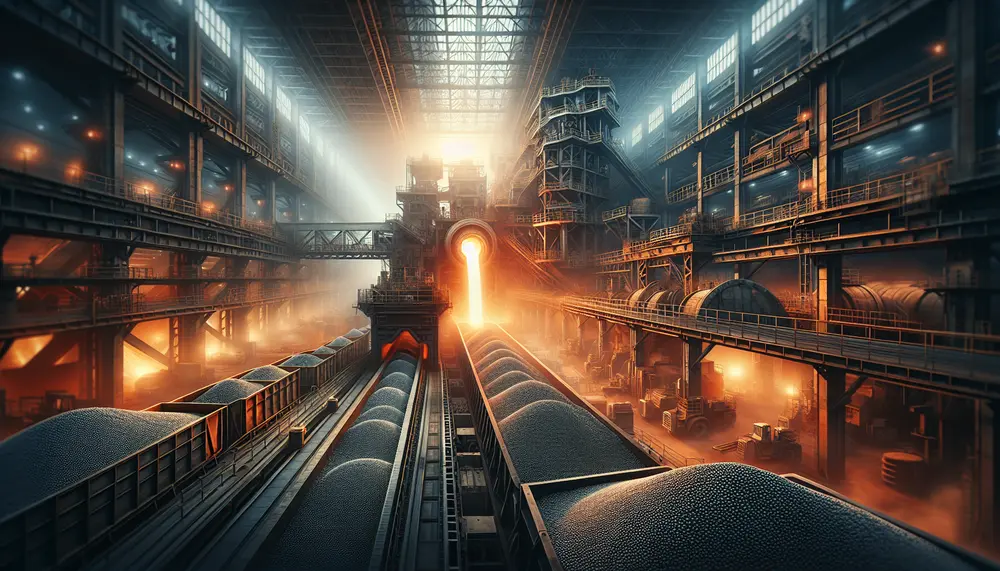
The article details the steel shot manufacturing process, from melting high-quality steel and atomizing it into droplets to cooling, sorting by size, heat treating for hardness and elasticity, conditioning for shape uniformity, tempering for toughness, rigorous testing for quality assurance...
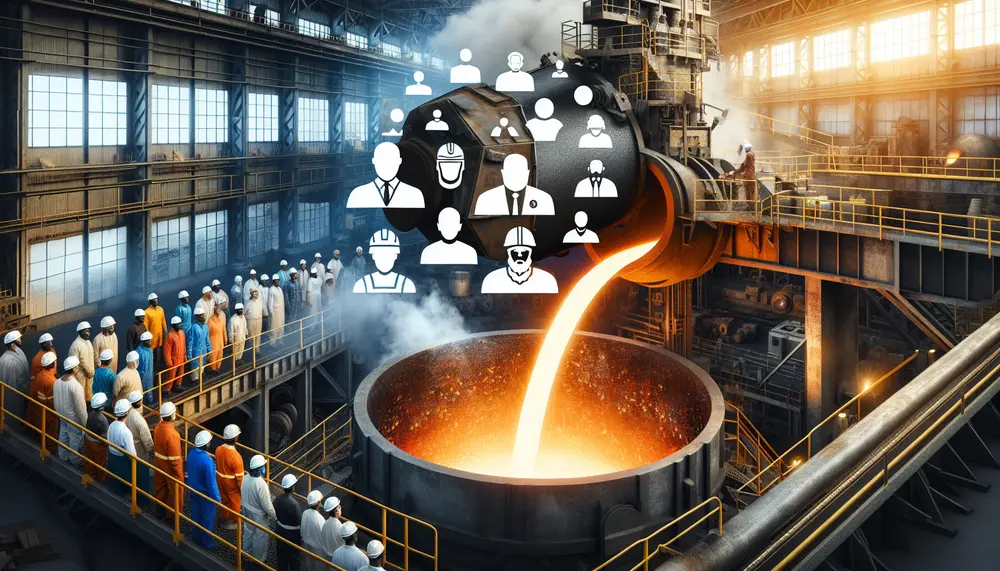
The concept of steelmaking grade is crucial in determining the quality and properties of steel, influencing efficiency, durability, and safety across various industries. Steel grades are classified based on chemical composition and production processes, with advancements in technology and global...

